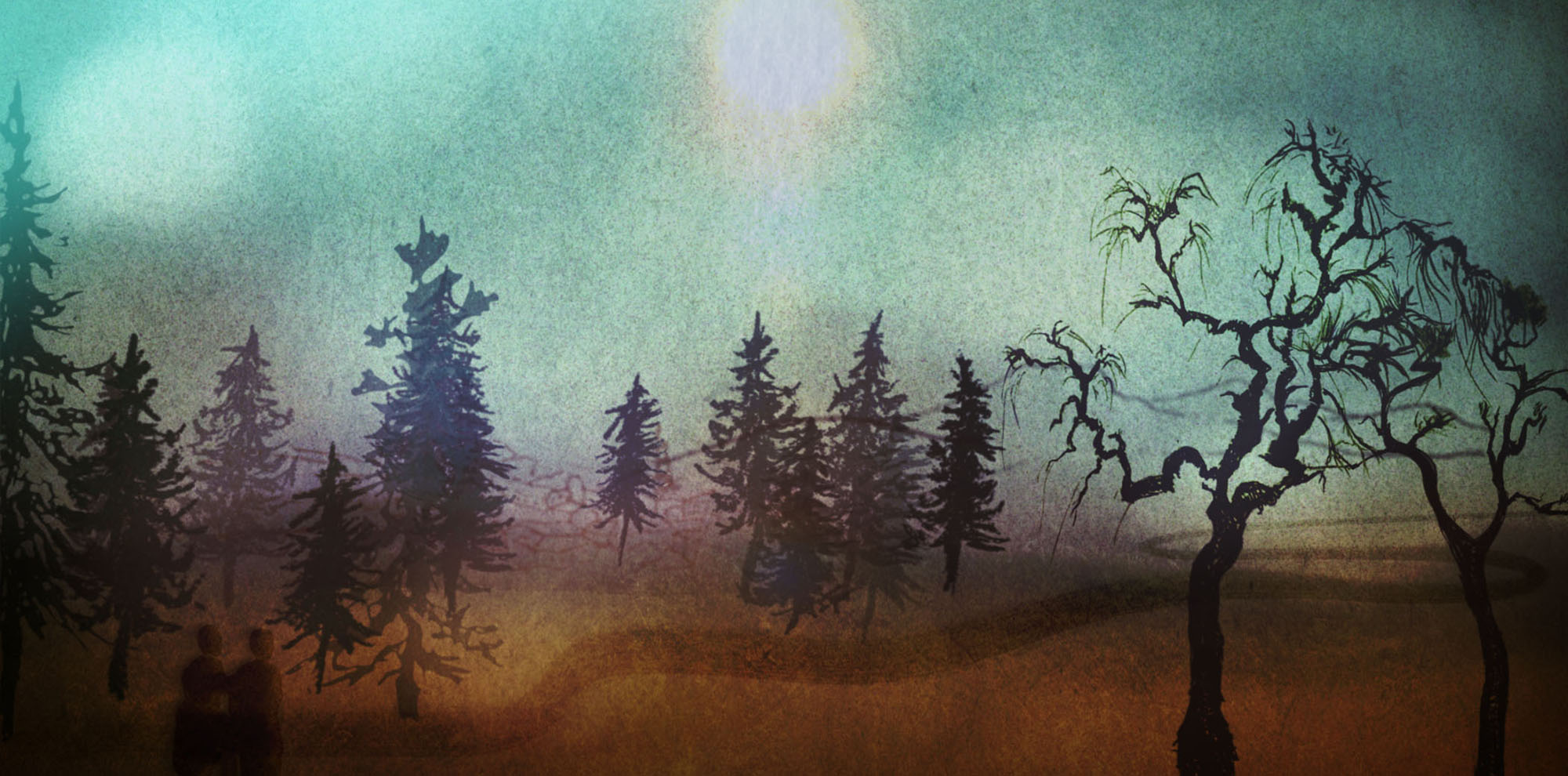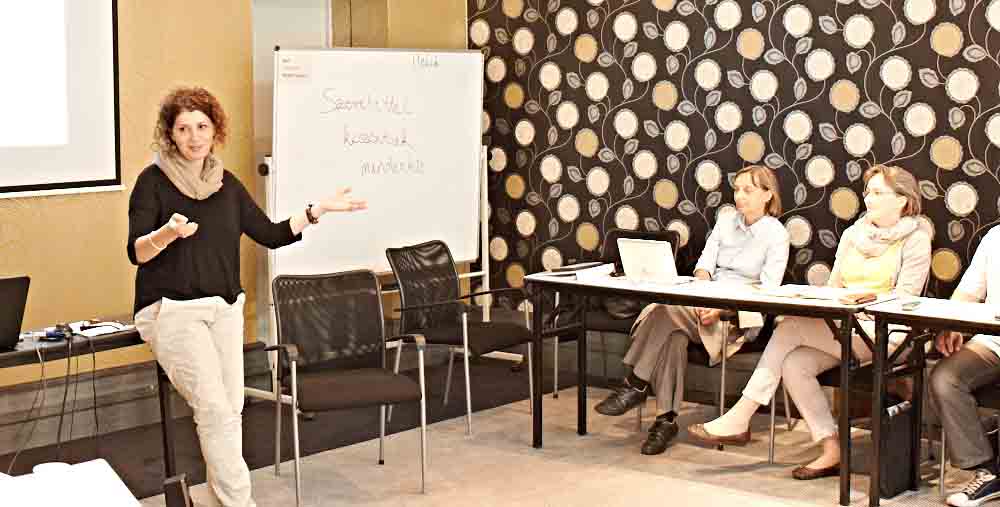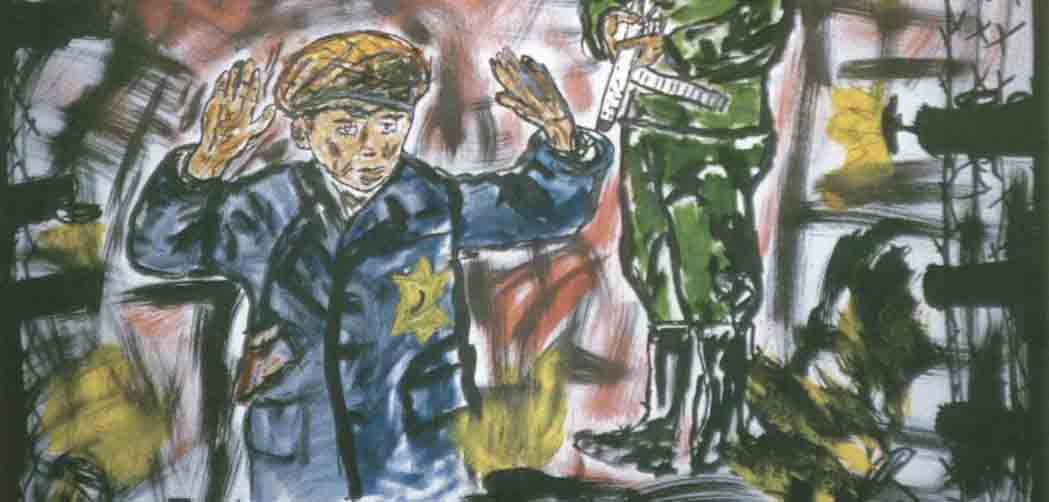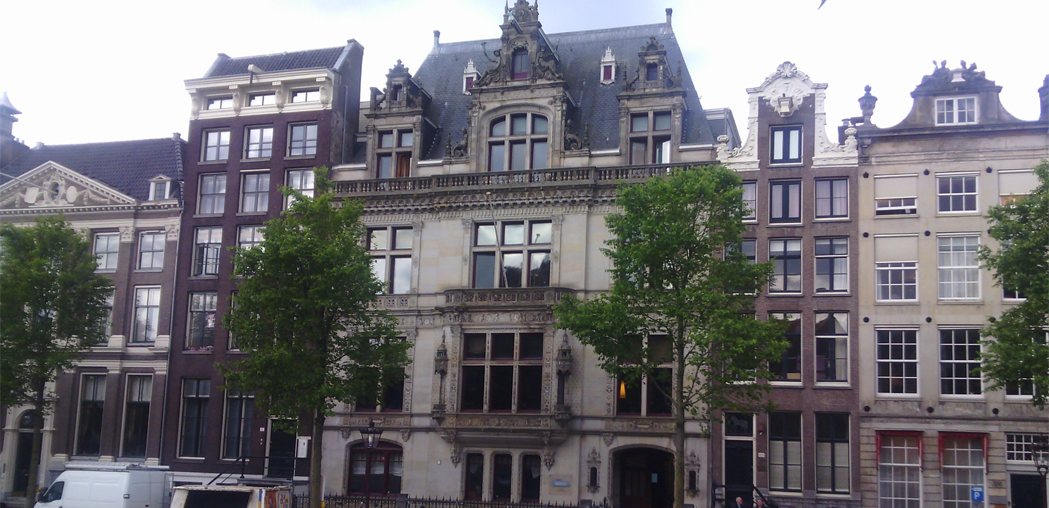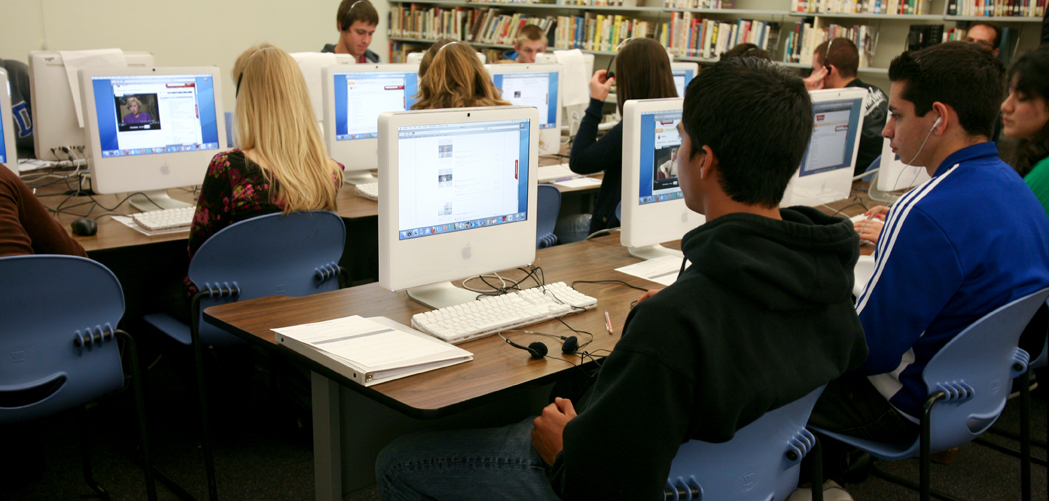I adored my father and admired him greatly. Harold Eisenberg was a good man in every sense of the word. He spoke about his life in Opatow, Poland before World War II and even his experience during the Holocaust, but he also lived very much in the present, working hard to provide for his family.
The business he started after the war became the foundation for much of our extended family’s success. I was named for his mother and his sister, who both perished in the Holocaust, and my father would often look at me tenderly and tell me how much I reminded him of his mother.
With nearly 52,000 interviews from survivors of the Holocaust and other genocides, the archive of audio-visual testimony assembled and maintained by USC Shoah Foundation is so abundant it would take at least 12 years to watch it from beginning to end.
And that’s assuming the footage would be rolling 24 hours a day, seven days a week.
When I started my new job here at the Institute, I was struck by this statistic, which adequately conveys the scope of this incredible resource.
Teachers from across the Netherlands participated in an IWitness training session Oct. 4, held as part of a new partnership between USC Shoah Foundation and the NIOD Institute for War, Holocaust and Genocide Studies.
I recently returned to China to record audio-visual testimonies from survivors of the 1937 Nanjing Massacre. In February 2014, the Institute incorporated 12 Nanjing testimonies into its Visual History Archive, adding a new perspective to the 53,000 testimonies that we collected from the Holocaust and the Rwandan Tutsi Genocide.
